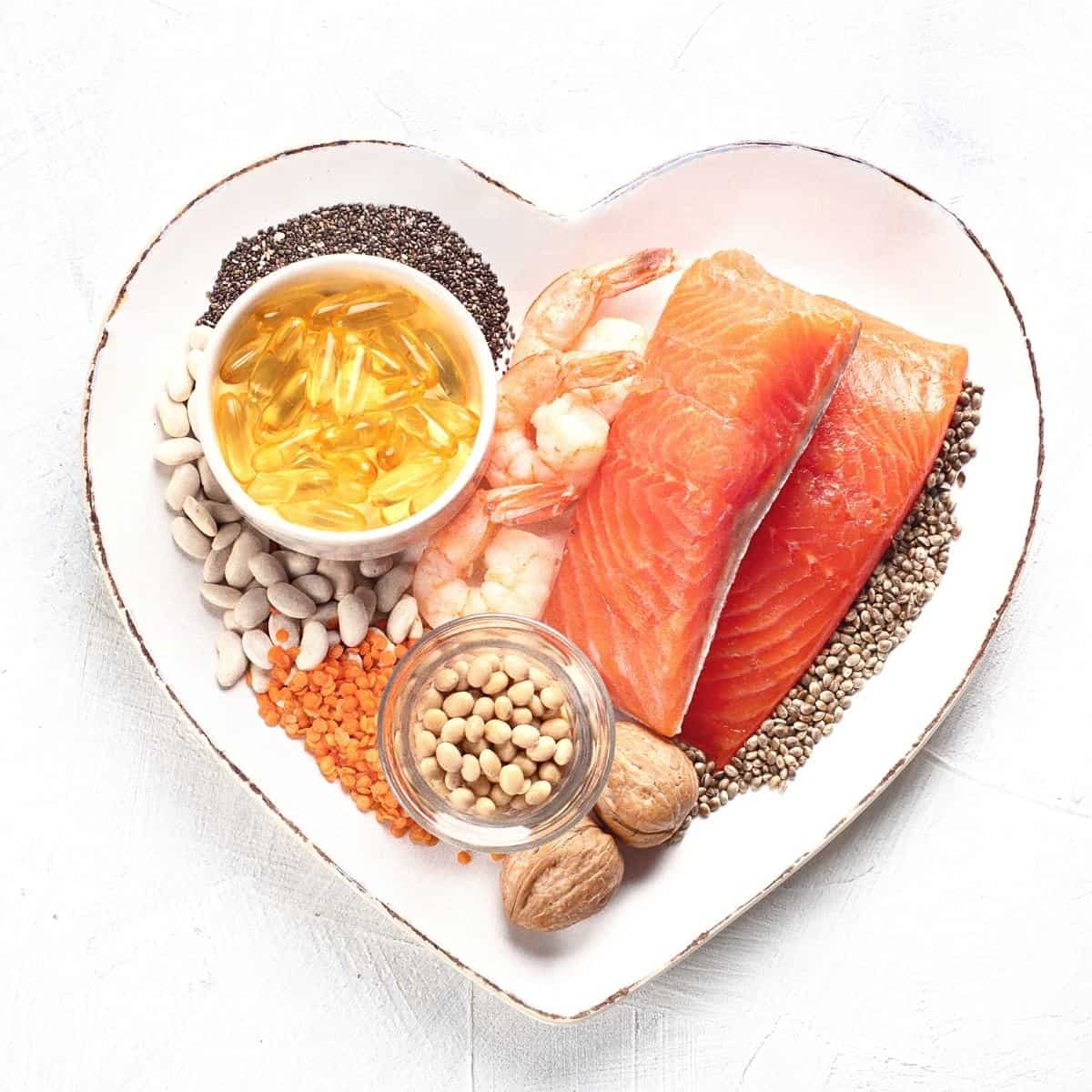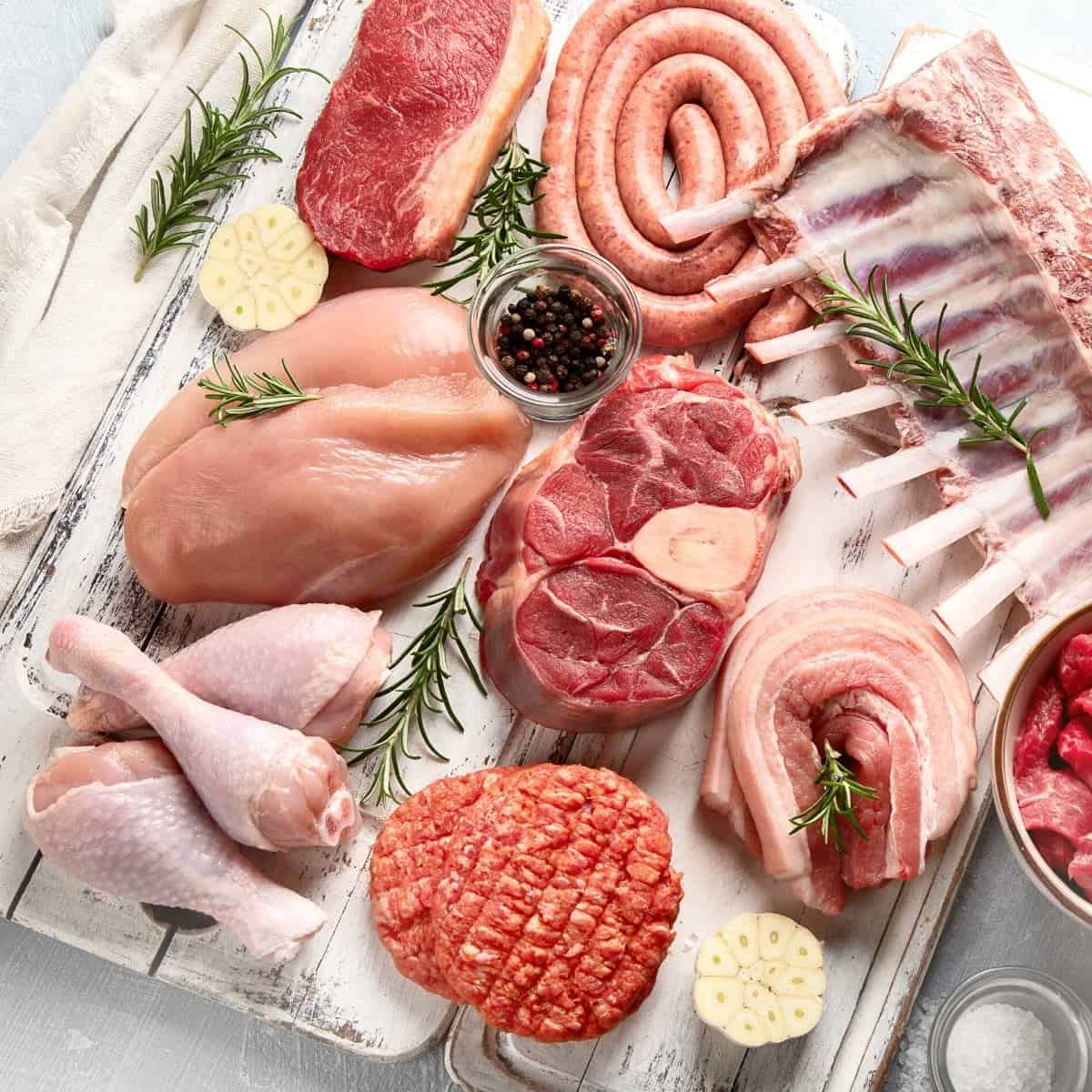As an Amazon Associate I earn from qualifying purchases.
In this post, we’re going to debunk some of the most common keto diet myths. It will also explain to you how the keto diet works, and explain why it might be a good fit for you. So read on to learn more!
How a Keto Diet Works
The ketogenic diet is a high-fat, low-carbohydrate diet with a low to moderate intake of protein. This diet takes advantage of the ketogenesis that occurs inside your body. The process of ketogenesis produces ketone bodies. When there is an insufficient amount of glucose (sugar) in the body, the body is forced to produce ketones from the stored fats inside the body. Basically, the body breaks down your stored fats into ketones and this becomes your body’s source of energy, instead of relying on sugar.
Research and studies are still ongoing regarding keto diets so there are still some myths going around and these can lead to some being wary of trying this type of diet.
Here are some of the most common myths about the keto diet.
1. MYTH: Keto diet lets you eat as much fat as you want

It is true that the keto diet is rich in fats. However, this does not mean you can eat huge amounts and any type of fats you want. There are healthy and unhealthy fats that should be considered.
You should avoid food products that contain trans fat since these can increase the risk of heart diseases. These ‘bad’ fats can be found in fast food products, margarine, some packaged snacks, and some types of commercially-baked pastries.
Another type of fat that should be avoided in high amounts is the omega-6 polyunsaturated fatty acid, simply known as omega-6. These oils are found in safflower oil, sunflower oil, and corn oil, which can be found in common packaged foods.
It was also observed that increased levels of omega-6 in the body come with an increased risk of chronic diseases, cardiovascular diseases, arthritis, and other diseases concerning the liver and the digestive system.
Still, there are sources of healthy fats. Foods that contain omega-3 are avocados, walnuts, flaxseeds, and chia seeds, as well as fishes that are rich in Omega-3, such as salmon, tuna, herring, and mackerel.
Omega 3 fatty acids contain DHA which are essential for the daily functions of different organ systems such as the circulatory system, immune system, and endocrine system.
All in all, a healthy keto diet focuses on the consumption of healthy fats only, while avoiding food products rich in trans fat and high omega-6 fatty acids.
2. MYTH: Keto diet leads to diabetic ketoacidosis
Some people can be wary of starting a keto diet because it might lead to diabetic ketoacidosis. Diabetic ketoacidosis (DKA) is a life-threatening complication that develops in people with type 1 and type 2 diabetes and this starts when the body has low insulin levels and high ketones.
To compensate, the liver utilizes fats to produce ketones, which will serve as the alternative fuel for the body in this state. This quickly increases the levels of ketones in the body and too much buildup causes DKA in diabetics.

In non-diabetics, similarly, the body also experiences an increase in ketones during a keto diet due to limited access to blood sugar.
Since the keto diet has low carbohydrate consumption, and carbohydrates are the main source of blood sugar, lower blood sugar levels are expected for a person undergoing a keto diet.
While this process increases ketone levels, it is very different from DKA which is a complication in diabetic people.
In short, diabetic ketoacidosis only happens in diabetics. If you have diabetes and still want to be on a keto diet to help with your blood sugars and overall health, you can still undergo a keto diet.
To be safe, it’s important to talk to your doctor and registered dietitian before you start this process due to the potential risk factors discussed above.
3. MYTH: Keto diet avoids fruits and vegetables due to carbohydrates and sugar

Since a keto diet prioritizes the intake of proteins and fat, a common misconception is that eating a keto diet you have to avoid fruits and vegetables to avoid too many carbohydrates.
Intake of fruits and vegetables is still encouraged during a keto diet because this will help avoid constipation. The high fibers present in fruits and vegetables will help you digest food better and prevent constipation or indigestion.
There are also fruits and vegetables that are low in carbohydrates but high in fiber which can be consumed during a keto diet.
Some examples are cucumbers, broccoli, cauliflower, strawberries, and blueberries. Only foods high in carbohydrates and sugar such as sweets, white bread, and sweetened dairy products are discouraged during a keto diet.
4. MYTH: Keto is a pure-protein diet
As a general rule, keto is not a pure protein diet. People with limited knowledge of the keto diet would assume it is a pure-protein diet, but on the contrary, proteins only take up around 10-20% of the total amount of food consumed daily.
Additionally, carbohydrates only take up 5-10% while 70-80% of the diet will consist of fat.

There are different versions of keto diets, with varying levels of intake of protein, carbs, and fat. A high-protein ketogenic diet can allow as much as 35% of the total diet to be proteins.
5. MYTH: A keto diet is just intermittent fasting and eating a minimal amount of food daily
Some people may see that a keto diet is just similar to fasting due to the low amount of carbohydrate intake in the diet, which is about 50 grams of carbohydrates per day.
In intermittent fasting, the intake of food is not simply avoided, but there are time periods when the body is allowed to eat a specific amount of calories.
Usually, the time periods may occur in between eight-hour shifts, or a fast may be done once or twice a week. Also, there are no restrictions on what type of food to consume during intermittent fasting.
In a keto diet, the percentage of carbohydrate consumption is regulated, as stated earlier in this section.

Although the keto diet and intermittent fasting both decrease the carb intake, the keto diet emphasizes the intake of low carbs and high fats, unlike intermittent fasting which restricts food intake at a specific period or interval of time.
What makes a keto diet different from fasting is that there are no time periods in a keto diet where the body is not allowed to consume food or water.
6. MYTH: Alcoholic drinks are not allowed in a keto diet
Alcoholic drinks are known to be high in carbohydrates and these may be considered a restriction to a keto diet since the diet monitors the intake of carbohydrates.
However, there are still some alcoholic drinks that are keto-friendly and can be consumed even during a keto diet, so consuming alcohol while on keto is possible.
Since many alcoholic drinks and liquors are high in carbs, it is better to choose carb-free or low-carb types of alcohol, so that the advisable carbohydrate limits in the keto diet would still be met.
It would also be best to avoid sweetened cocktails and regular beers, such as margaritas, piña colada, and a bloody mary since these have a high carb content.
If you love beer, you're still in luck as there are keto beers out there. Check out this list of 10 keto beer options you can have.

If you want to consume alcoholic drinks while on keto, it would be good to choose keto-friendly drinks with as pure forms of alcohol (such as tequila, vodka, rum, whiskey, gin), dry wines, and champagnes, which have fewer carbohydrate contents.
Also, if you choose to include these drinks in your diet, make sure to stay within the allotted limit of carbohydrates per day, which is no more than 50 grams of carbs a day.
Check out this list of 20 keto cocktail drinks if you still want a fancy but delicious drink on keto.
I also have a virgin Pina Colada drink if you want a simple recipe with only 2 ingredients.
The keto diet is a very promising type of diet that can deliver good results with the right amount and type of food intake. Since your type of diet affects your overall health, it is important to check and verify claims regarding the effects, advantages, and disadvantages of your preferred diet type with a dietitian. There are pros and cons of the keto diet, and it is important to be knowledgeable about both.


Comments
No Comments